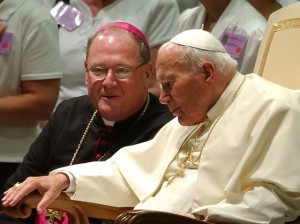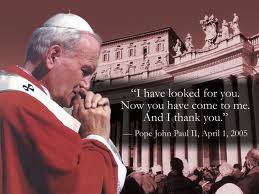 Dr Scott Hahn shared the following true story on April 25, 2001, on “Mother Angelica live.” This story was related to Dr. Hahn by his spiritual director. He heard the story while in New York City visiting a priest who is in the Archdiocese of NY. This priest related the story of what happened on his last trip to Rome.
Dr Scott Hahn shared the following true story on April 25, 2001, on “Mother Angelica live.” This story was related to Dr. Hahn by his spiritual director. He heard the story while in New York City visiting a priest who is in the Archdiocese of NY. This priest related the story of what happened on his last trip to Rome.
The priest was scheduled to have a private audience with John Paul II. On the appointed day, the priest decided to stop in a basilica to say a prayer. On the steps of the church, he thought that he recognized one of the beggars. After entering the sanctuary, he knelt down to pray and then it hit him. The priest rushed out and approached the beggar: “I know you. Didn’t we go to seminary together?” The man gave a nodded. “So you are a priest then?” he said to the beggar. The man replied, “Not anymore.” He said that he had “crashed and burned” in his vocation. “Please leave me alone,” the beggar said. The priest was mindful of his approaching appointment with the Holy Father. “I’ve got to go — I’ll pray for you.” The beggar replied, “A lot of good that will do.”
The private meetings with the Pope are typically very formal. There are a number of people who have been granted a private audience at the same time, and when the Holy Father makes his way toward you, his secretary hands him a blessed rosary, and the pope in turn hands it to you. At this point, one would probably kiss the Pope’s ring and say something heartfelt. However, as Pope John Paul II approached, the priest gave in to a holy impulse, got down on his knees and implored the Pope: “Pray, Holy Father, for this particular man. I went to the seminary with him and now he is a beggar. He’s lost. Pray for him.” The priest told the Pope the entire story. The Holy Father looked concerned and he assured the priest that he would pray for his friend. As he moved on, he whispered something to an aide.
Later that day, the priest was contacted by the Vatican. They told the priest that he and the beggar – the former priest – were invited to see the Pope for dinner. Excited, he rushed back to the church where he last saw his classmate. Only a few beggars were left, and as luck (or grace) would have it, his former classmate was among them. He approached the man and said, “I have been to see the Pope, and he said he would pray for you. And there’s more. He has invited us to his private residence for dinner.”
“Impossible,” said the man. “Look at me. I am a mess. I haven’t showered in a long time… and my clothes …” The priest said, “I have a hotel room where you can shower and shave, and I have clothes that will fit you.” Again, by God’s grace, the beggar priest agreed. The Pope’s hospitality was wonderful. At the close of dinner, the pope’s secretary whispered to the priest, “He wants us to leave,” at which point the priest and the secretary left the Holy Father alone with the beggar. After quite some time, the beggar emerged from the room in tears. “What happened in there?” asked the priest. The most remarkable reply came. “The Pope asked me to hear his confession,” choked the beggar. After regaining composure, the man continued, “I told him, ‘Your Holiness, look at me. I am a beggar. I am not a priest.’”
“The Pope looked at me and said, ‘My son, once a priest always a priest, and who among us is not a beggar. I too come before the Lord as a beggar asking for forgiveness of my sins.’ I told him I was not in good standing with the Church, and he assured me that as the Bishop of Rome he could reinstate me right then and there.”
The man relayed that it had been so long since he had heard a confession that the Pope had to help him through the words of absolution. The priest friend asked, “But you were in there for some time. Surely the Pope’s confession did not last that long.”
“No,” said his friend, “But after I heard his confession, I asked him to hear mine.” The final words spoken by Pope John Paul II to this prodigal son came in the form of a commission. When the NY priest was invited back in from the hallway, the Pope asked him about the beggar, “Where was the parish where you found him?” The priest told him and then the Pope said to the beggar priest. “For your first pastoral assignment, I want you to go to the pastor there and report for duty because you’ll be an associate there with a special outreach for your fellow beggars.”
And that is where the beggar is today, fulfilling his new priestly role ministering to the homeless and the beggars on the steps of the very church from where he had just come.
Like this:
Like Loading...
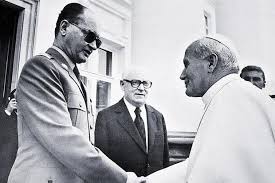 Those of us who lived through the Cold War, taking place for all the world to see in particular in suffering Poland, cannot forget the name Gen. Wojciech Jaruzelski. He held various positions of power in the Communist government during the 1980’s including chief of state and president. He combated the pro-democracy movement Solidarity and declared martial law. Many people view him as a Polish traitor.
Those of us who lived through the Cold War, taking place for all the world to see in particular in suffering Poland, cannot forget the name Gen. Wojciech Jaruzelski. He held various positions of power in the Communist government during the 1980’s including chief of state and president. He combated the pro-democracy movement Solidarity and declared martial law. Many people view him as a Polish traitor.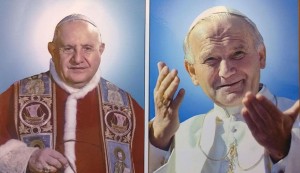

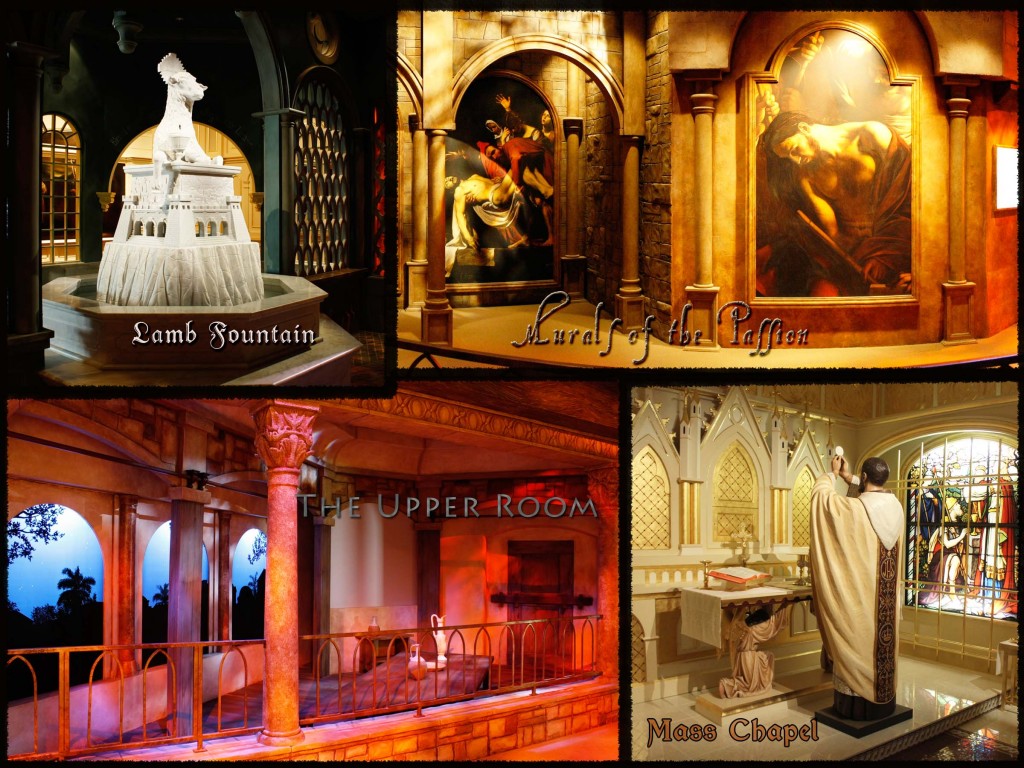

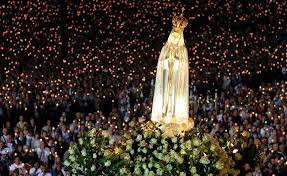


 Earlier this month, fittingly on June 9th, the feast of the holy deacon
Earlier this month, fittingly on June 9th, the feast of the holy deacon 